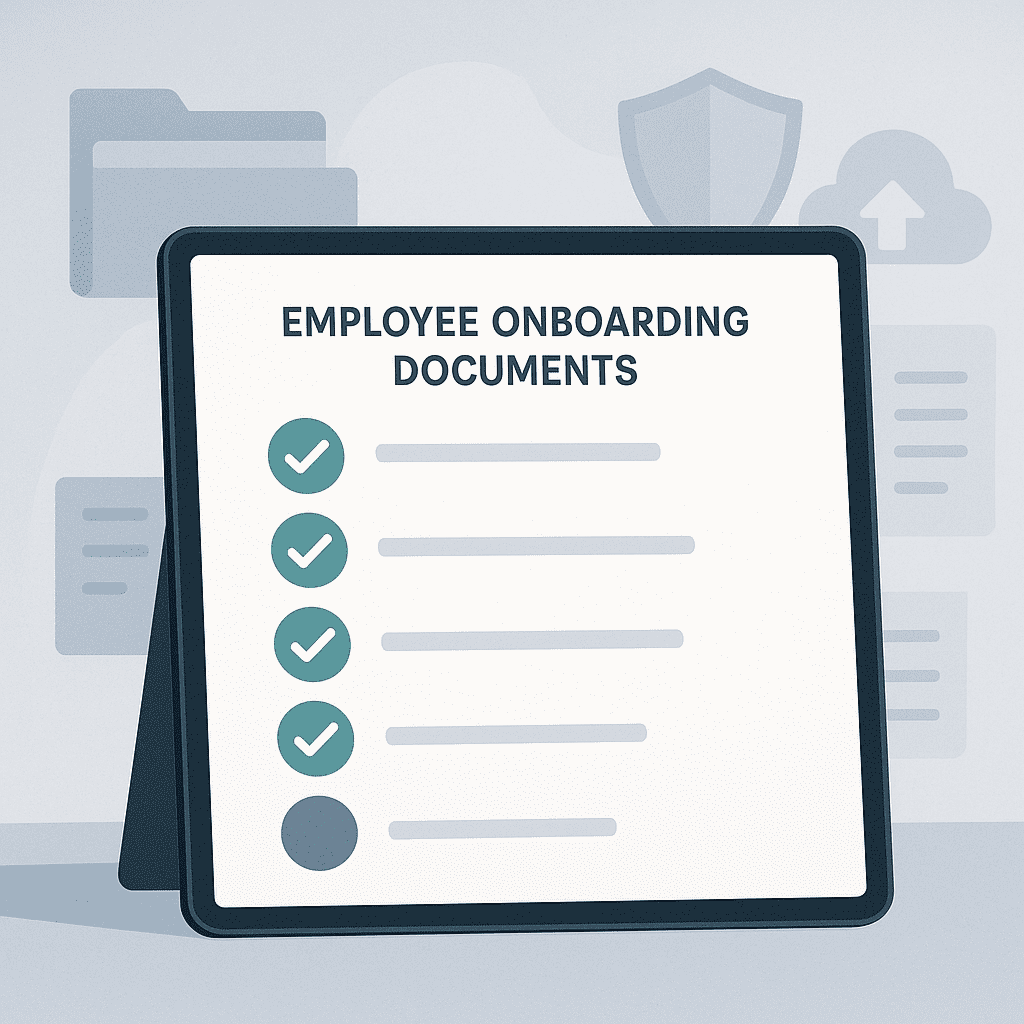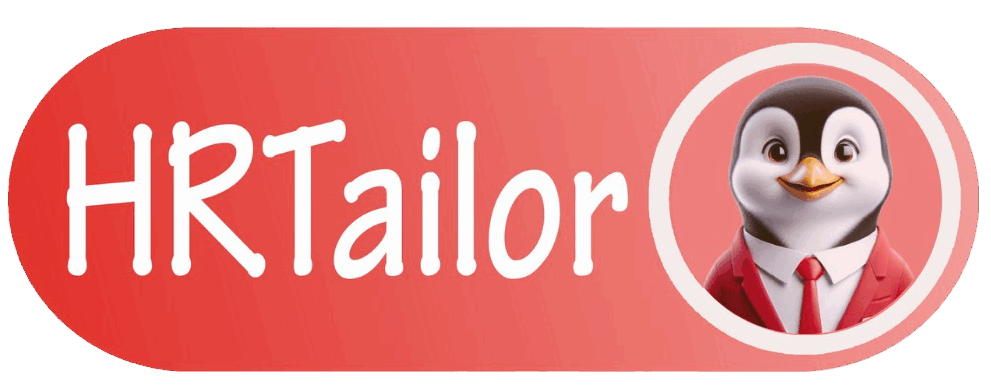
Is Your Onboarding Document Process Ready for 2025? A Quick Audit for Indian Companies
In 2025, smooth onboarding isn’t just a good look—it’s a necessity. Yet many Indian businesses are still stuck juggling files, printing forms, and chasing signatures. If this sounds familiar, your onboarding document process may not be ready for what’s next.
The modern workforce expects speed, clarity, and digital ease. More importantly, so do auditors. That’s why now is the perfect time to audit your documentation system—before it slows down growth or triggers compliance issues. Here’s a quick self-check to help you evaluate if your HR is keeping up.
✅ Are You Still Collecting Physical Forms?
To begin with, let’s address the obvious. If your onboarding still involves handing out printed forms for address proof, declarations, or ID submissions, it’s time to move forward.
Today, fully digital document collection is not only faster but also far more reliable. New hires can upload files, e-sign forms, and confirm policies from their own devices—often before day one. As a result, your HR team avoids bottlenecks, and your employee walks in ready.
✅ Are All Mandatory Documents on File?
Moreover, companies must ensure they collect every legally required form. These typically include:
PAN and Aadhaar cards
PF & ESIC declarations
Educational and experience certificates
Form 11 and other regional mandates
Signed NDAs, company policies, and offer letters
Missing even one of these can put your compliance at risk. Thankfully, many companies now use smart templates to automate checklists and track pending submissions.
✅ Do You Start the Process Before Day One?
Instead of waiting until the first day, leading companies begin documentation during pre-onboarding.
This shift improves accuracy and lowers first-day friction. Additionally, it gives HR time to review and flag missing or incorrect information. When done right, the result is a seamless and confident first-day experience for every hire.
✅ Can You Track Submission Status in Real Time?
Next, consider visibility. If you’re relying on email chains or spreadsheets to check document status, there’s room to improve.
Modern platforms provide dashboards that show what’s submitted, pending, or flagged—all in real time. This not only helps HR stay organized but also boosts accountability across departments.
✅ Is Your Storage Secure and Centralized?
Finally, your document storage system must be safe, compliant, and accessible. Scattered folders or desktop drives won’t cut it anymore. You need encrypted, cloud-based storage with version control and restricted access.
Even better, platforms now offer auto-archiving and expiry alerts to keep your records current and organized.
Final Thought: Upgrade Before You’re Forced To
Let’s be honest—what worked five years ago won’t work in 2025. Manual onboarding processes take time, cause errors, and send the wrong signal to new talent.
Instead, companies need to invest in systems that offer speed, security, and simplicity. A streamlined onboarding document process not only improves efficiency but also reinforces trust with new employees.
And if managing this shift internally feels overwhelming, many firms turn to smart HR partners to handle it.
That’s where providers like HRTailor come in—offering end-to-end digital onboarding solutions that help Indian businesses modernize without losing control.

